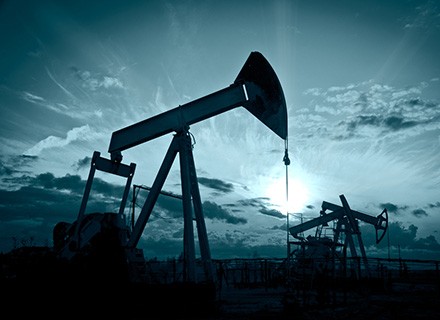Goldman Sachs says there could soon be a fuel shortage as the world’s spare oil production capacity is going down, and people need to invest more in the future in the face of rising Chinese demand and sanctions on Russian oil. This could cause prices to go up.
Recent comments from the CEO of Saudi Aramco and the International Energy Agency confirm Goldman Sachs’ top commodity analysts’ worries about an upcoming supply shortage.
According to the IEA, the expansion of the oil supply will decrease to one million barrels per day. It predicts that by 2023, global oil demand will rise by 1.9 million barrels per day to a record 101.7 million barrels per day, with China accounting for over half of the increase.
The CEO of Aramco, which provides 10% of the world’s crude oil, Amin Nasser, is worried that there will need to be more capable of handling a change in how the market works that is coming soon.
While interacting with CNBC, Amin Nasser said, “For crude oil, we are in a situation where there is a spare capacity that is helping to mitigate interruptions.”
“However, I’m not so sure about the mid-to-long term because, as the spare capacity dwindles, we won’t be able to mitigate any short- or long-term interruptions like what happened with the Russia-Ukraine crisis,” he added.
Jeffrey Currie, in charge of commodities research at Goldman Sachs, said at an event in Saudi Arabia that the world’s spare capacity is shrinking and that the industry needs to invest more to ensure future output.
But if the price of a barrel of Brent goes up to USD 100 before then, the oil market will have a limited supply problem by 2024.
Jeffrey Currie expects the gap to become evident in the second quarter of 2023, and this will be further exacerbated by increased Chinese demand and sanctions against Russian oil. As a result, producers will use up their excess capacity, returning it to where it was before. This will eventually result in a significant mismatch between supply and demand.
Jeffrey Currie told Bloomberg that we are still balanced in the surplus situation because China’s economy has yet to recover fully from the COVID disruptions.
Several oil market specialists have voiced their worry about insufficient spending on upcoming oil output. They have warned that sanctions, embargoes, and a lack of investments will all cause a shortage of all energy supplies at precisely the wrong time.
The price of Brent crude has been fluctuating between USD 75 and USD 80 per barrel, but Goldman Sachs and other financial firms think it can go higher. Jeffrey Currie predicts that the oil market will turn negative by May 2023.
The second half of 2023 will see a return to triple-digit crude oil prices, according to Maarten Wetselaar, CEO of the Spanish energy giant Cepsa. For the first month, ICE Brent crude futures were trading near USD 87.36 per barrel.

